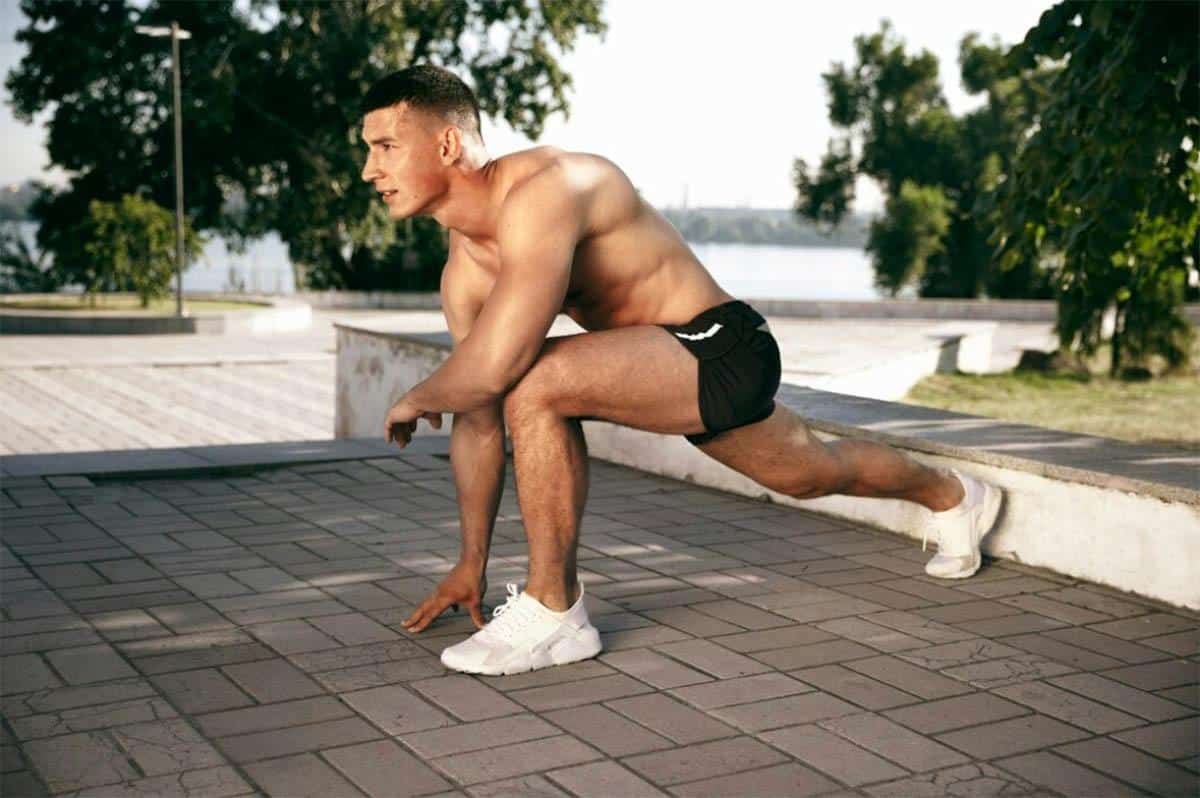Introduction
Running is a fantastic way to stay active and maintain a healthy lifestyle, but for some, the experience can be marred by the unwelcome companion of lower back pain. In this blog post, we’ll delve into the nuances of lower back pain after running, exploring its causes, symptoms, prevention strategies, and effective treatments. If you’ve experienced back pain after running, you’re not alone. We aim to guide you back to running pain-free.
Understanding Lower Back Pain in Runners
Lower back pain is a common complaint among runners, often stemming from a combination of factors such as biomechanics, training intensity, and individual anatomy. Both elite marathon runners and recreational half marathon runners experience low back pain at an average rate of 14%. Understanding the specific challenges runners face can shed light on mitigating and preventing this discomfort.
What Causes Back Pain in Runners?

Low back pain is experienced by people globally, with a one-year prevalence ranging from 0.8% to 82.5% (average 38.1%). The onset of lower back pain in runners can be attributed to a confluence of factors, each exerting its influence on the intricate mechanics of running. Let’s dissect these contributors for a more comprehensive understanding:
Poor Posture: Poor posture while running can significantly stress the lower back, potentially leading to discomfort and pain if spinal alignment is consistently compromised over extended periods.
Inadequate Warm-Up: Skipping a proper warm-up before running deprives muscles and joints of necessary preparation, increasing the risk of strain and potential lower back pain.
Improper Footwear: Wearing ill-fitted or unsupportive shoes can alter your gait, impacting how forces distribute and potentially stressing the lower back. Proper footwear is crucial.
Lack of Core Strength: A weak core reduces spinal stability during running, leading to excessive movement and strain on the lower back muscles. Strong core muscles are crucial for support.
Symptoms of Lower Back Pain
Attention to lower back pain signs is imperative, as early recognition is critical to timely intervention. In 90% of cases, low back pain is considered non-specific because clear, identifiable musculoskeletal causes are not evident. Here’s a closer look at the potential symptoms and why understanding them is crucial:
- Lower back pain often manifests as a persistent, low-level ache. Recognizing this joint pain early allows for proactive measures to prevent it from escalating.
- A sensation of stiffness in the lower back, especially after physical activity, can be an early indicator. Addressing stiffness can help maintain flexibility and prevent further discomfort, ensuring a healthy range of motion.
- In some instances, lower back pain may present as a sharp, acute sensation. Understanding the nature of this pain aids in tailoring interventions to alleviate it effectively and prevent persistent pain over time.
Prevention of Lower Back Pain in Runners

Prevention is key to maintaining a pain-free running experience, especially in avoiding common running injuries. Here are some strategies to incorporate into your routine:
Warm-up and cool-down: Prioritize dynamic warm-up exercises and proper cool-down stretches to help prevent muscle spasms and enhance your overall running experience.
Strengthen your core: A strong core provides crucial stability and support for your lower back, reducing the risk of muscle strain.
Improve your posture: Maintain good posture while running to reduce stress on your lower back, especially the lumbar spine.
Gradual training progression: Increase your mileage and intensity gradually to prevent overuse injuries and allow your body to adapt.
Choose the right shoes: Ensure your running shoes provide adequate support and fit your running style to keep your feet flat and well-supported.
Maintain flexibility: Incorporate regular stretching to enhance flexibility, reduce muscle tension, and mitigate the risk of improper form during running.
Practice good running mechanics: Focus on proper form during your training plan to minimize stress on your lower back.
Listen to your body: Pay attention to signals of discomfort, especially related to previous injuries, and adjust your training accordingly.
Work on overall body strength: A well-rounded strength training routine supports your entire body, including the lower back and crucial gluteal muscles.
Treatment For Lower Back Pain For Runners

If lower back pain persists, these treatments can aid in your return to running pain-free, addressing potential running-related injuries.
Take a rest: Allow your body time to recover by taking a break from running, especially if you’ve been running multiple times per week.
Do stretching exercises: Incorporate gentle stretches to alleviate tension, improve flexibility, and promote connective tissue health.
Check Proper Running Form: Ensure your running form is correct to reduce strain on your lower back and prevent unnecessary stress on your leg muscles.
Cross-Training: Engage in low-impact activities to maintain fitness without stressing your back.
Massage or Physical Therapy: Seek professional help to address muscle imbalances and tightness and identify areas of muscle weakness.
Consult a Healthcare Professional: If pain persists, consult a healthcare professional for a comprehensive evaluation.
Consult The Royal Treatment Therapy and Performance
Consider consulting with experts like The Royal Treatment Therapy and Performance for personalized advice and treatment, especially if you’re dealing with low back pain. Our specialized approach can offer tailored insights on how to fix lower back pain from running, paving the way for your journey back to running pain-free.
Conclusion
Lower back pain after running is a common challenge, but with the proper understanding, preventive measures, and treatment strategies, you can continue enjoying the benefits of running without the discomfort. Listen to your body, prioritize appropriate training techniques, and seek professional guidance to ensure a pain-free running experience. If you’ve been wondering, “Why does my back hurt after running?”—we’ve got you covered.
FAQs
Q1: How do I stop my lower back from hurting after running?
A1: Effective warm-up, core strengthening, proper footwear, and paying attention to your body are key for experienced runners and beginners alike in preventing lower back pain during running.
Q2: Is lower back pain common after running?
A2: Yes, lower back pain is a common issue for runners, often linked to factors like poor form, inadequate warm-up, strained muscles due to imbalances, and insufficient core engagement.
Q3: How long does lower back pain last?
A3: The duration of lower back pain can vary. With proper rest, stretching, and treatment, it often improves within a few days to weeks, addressing muscular imbalances and playing a major role in recovery. Persistent pain may require professional intervention.
